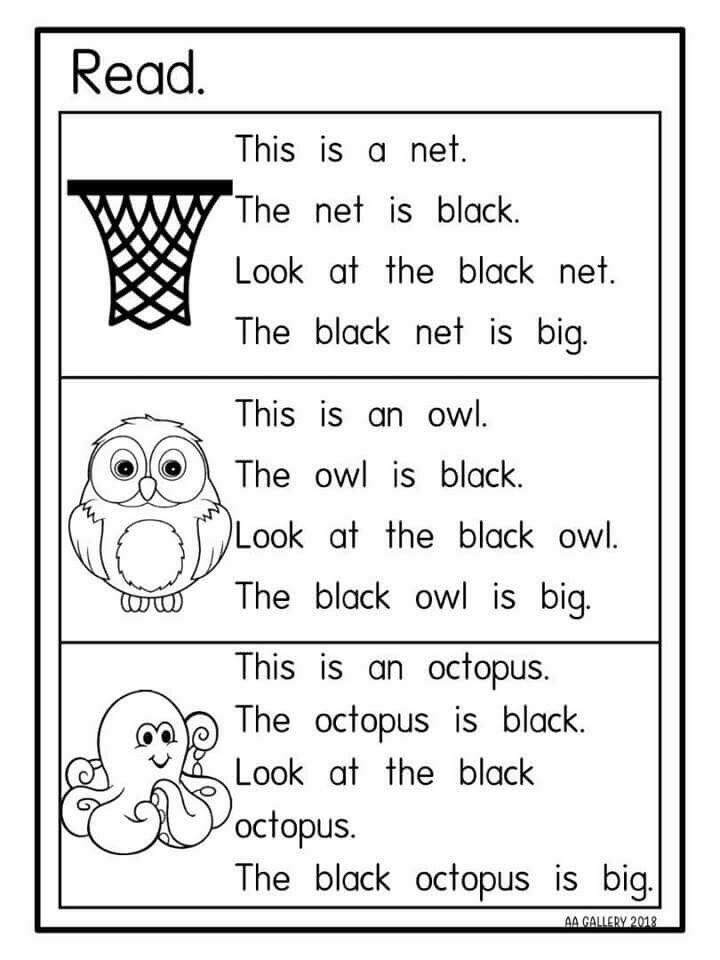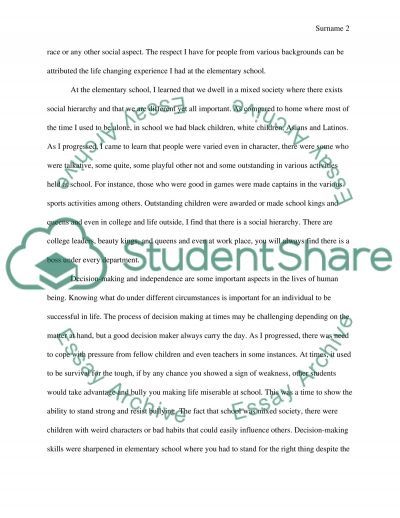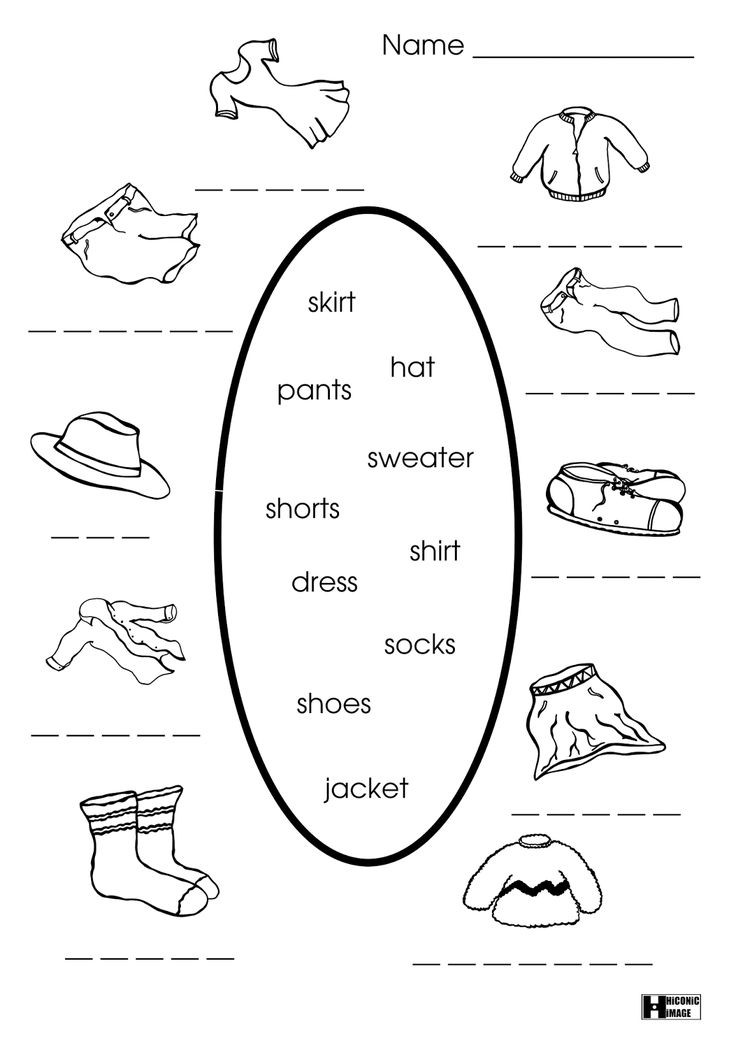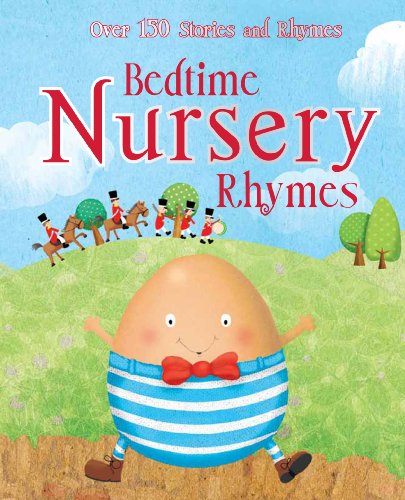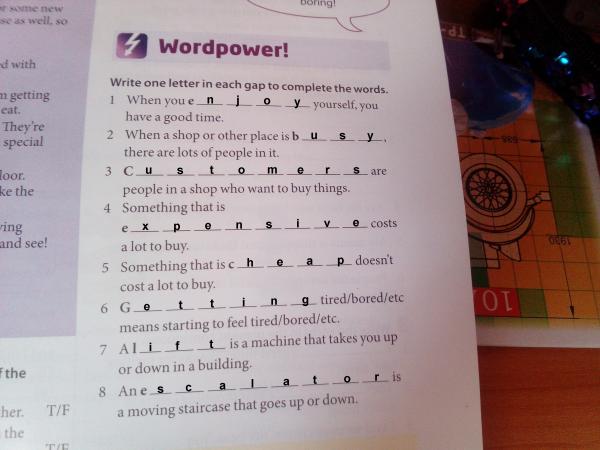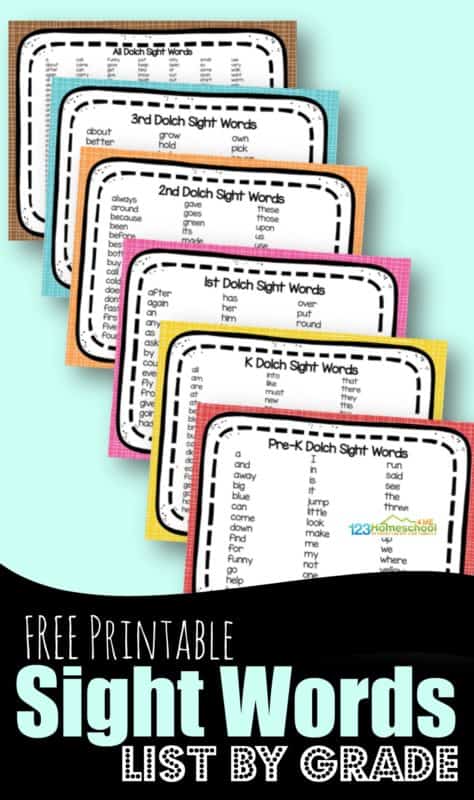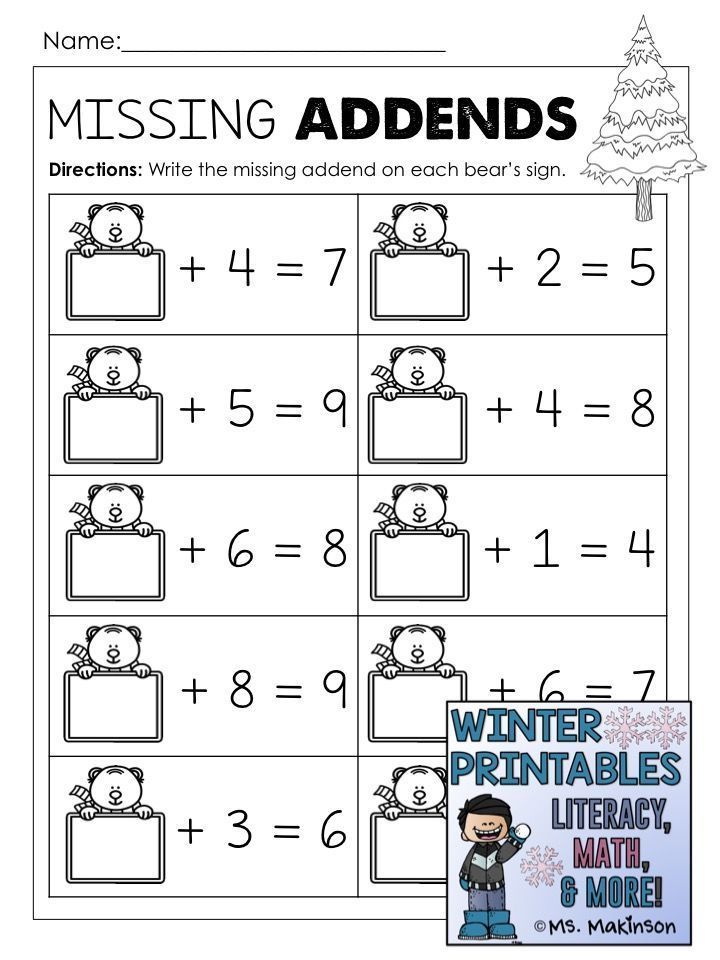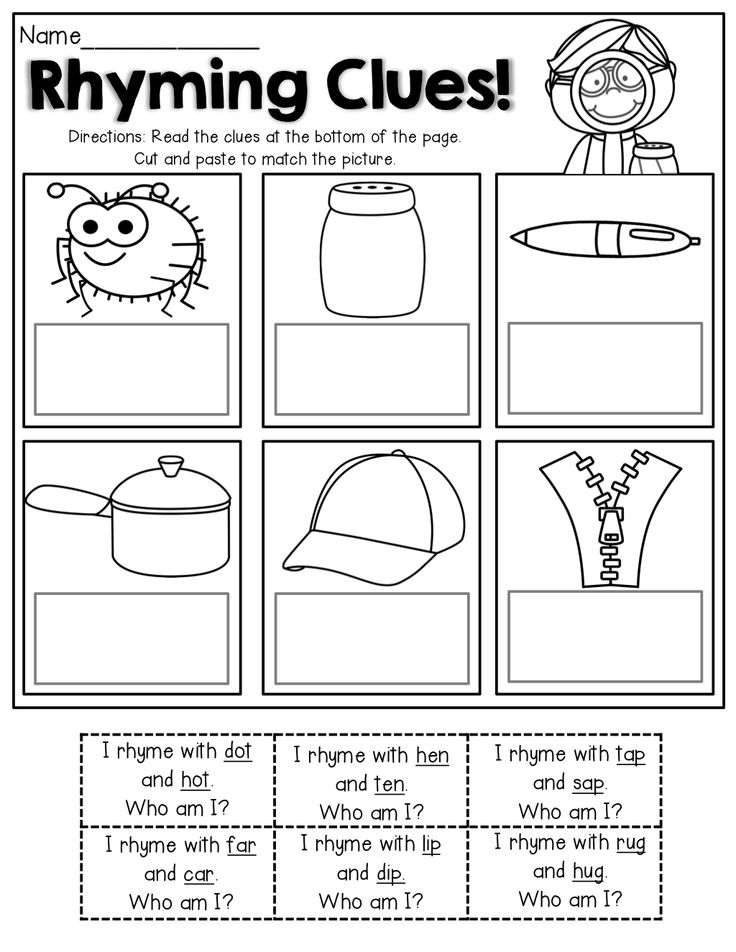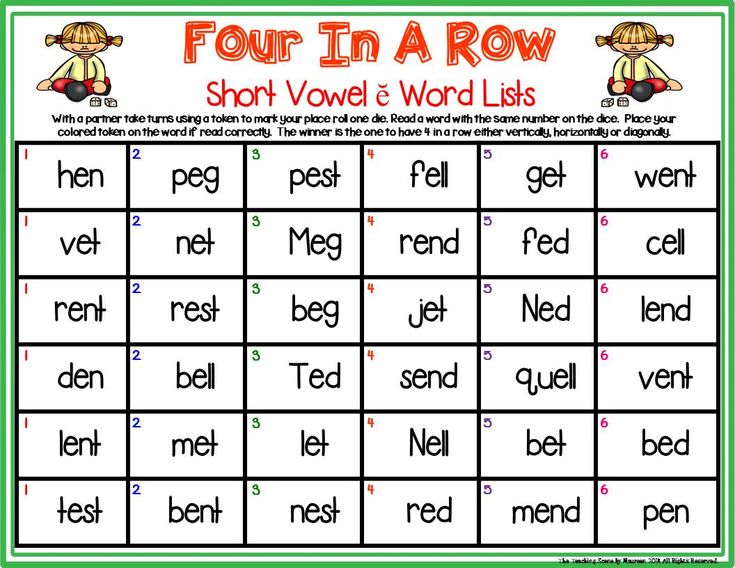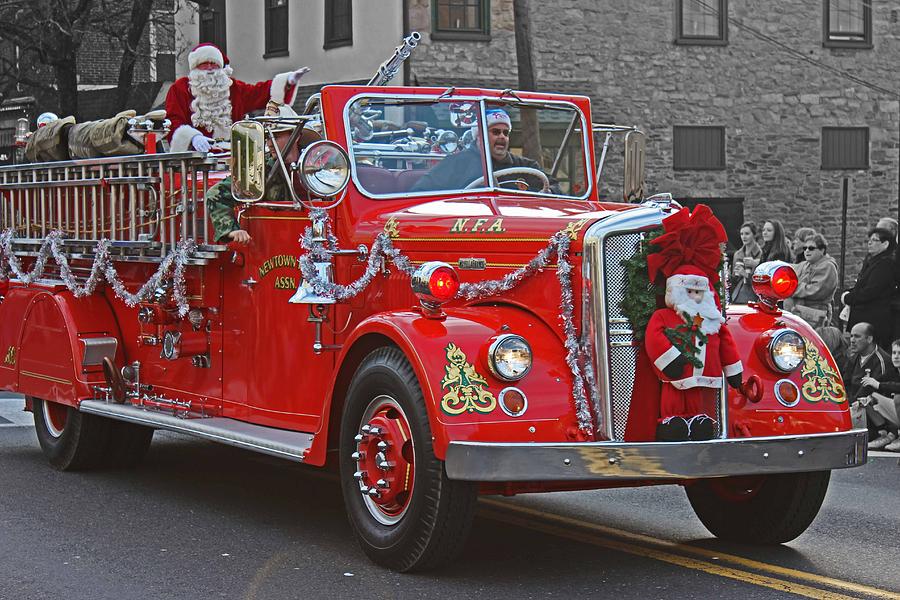Reading for first graders games
10 Free Online Reading Games for 1st Grade
The reading skills taught in first grade are crucial in developing a level of understanding students can build upon throughout the rest of their educational journey.
Our team of former educators created these effective and engaging no-prep resources you can use to help your students master key standards, all while fostering a love of reading! All of the games listed below are tailored to Common Core standards and can be found within eSpark’s personalized reading curriculum. Try out these free online reading games for 1st grade with your students!
Standard: 1.RF.3.a
Found in the Quest “Sh” and “Ch”
Help Fox and Raccoon build a campfire! Select the correct items that start with “ch” or “sh” to help Fox collect sticks.
Standard: 1.L.4.a
Found in the Quest “Context Clues”
Expand your vocabulary at Dakota’s Dog Rescue! Select which dog you would like to care for, then learn new words as you complete each task.
Standard: 1.RL.1
Found in the Quest “Questions about Stories”
Uh oh, Rama Llama broke the one rule of their friend group—they caused drama! Find out what happened in this coloful, llama-filled story.
Standard: 1.RF.2.a
Found in the Quest “Long and Short Vowels”
Olive the Knight needs your help. Help her find the long and short vowel sounds to scare the dragons away from the castle.
Standard: 1.RF.2.d
Found in the Quest “Blend Sounds to Make Words”
Help Chris move out of his house in this free online reading game for 1st grade. Read each word, sounding it out out loud, then select the picture that matches each word until Chris’s moving truck is full.
Standard: 1.RF.3.a
Found in the Quest “Sh” and “Ch”
Jacob is putting on the Ch Parade, and he needs your help getting it ready. Choose the items that start with “ch” to build the floats.
\Standard: 1.L.4.b
Found in the Quest “ Prefixes and Suffixes”
Select your character to race against other animals through the jungle. Answer questions about prefixes and suffixes to speed past the other cars and win the race!
Standard: 1.RL.1
Found in the Quest “Questions about Stories”
Best friends, Rabbit and Cat, are neighbors. Find out what adventures they get up to and answer questions along the way.
Standard: 1.RI.2
Found in the Quest “Find the Main Idea”
Have you ever played The Floor is Lava? Read this story to learn how to play!
Standard: 1.RL.2
Found in the Quest “Retell Stories”
Squidge doesn’t like going to the doctor. One morning, as he headed out to school, his mom told him he needed to visit the doctor today. He tried hiding and crying and running away. Read the story to learn how his visit went!
Looking for more free online reading games for 1st grade? eSpark offers thousands of student-approved, no-prep activities for K-5 classrooms.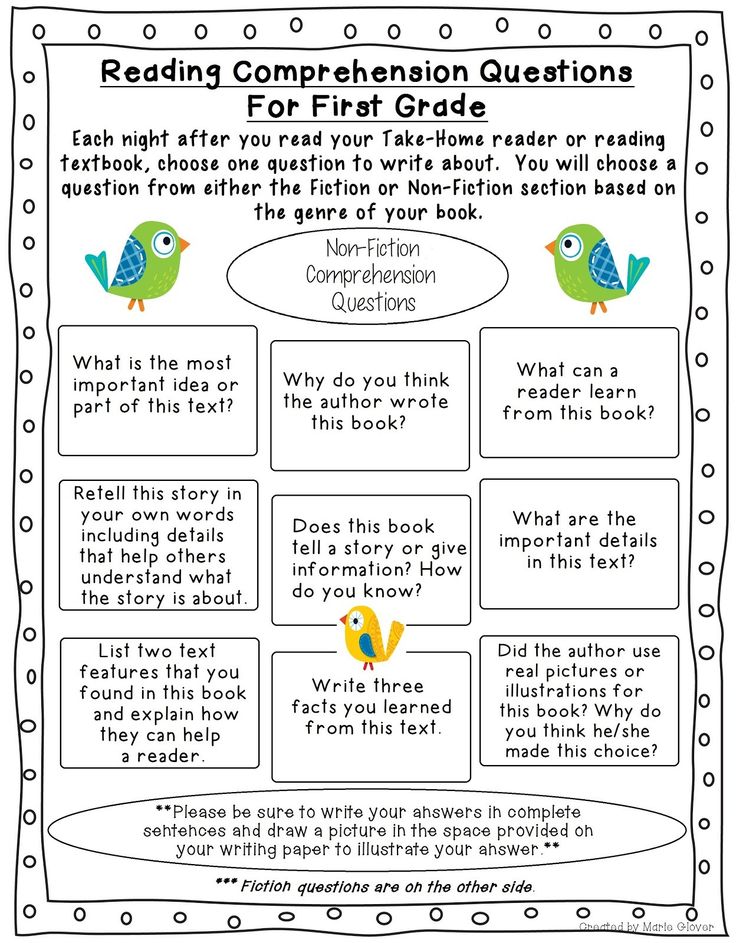
Comments
Reading Games for 1st Graders Online
1st Grade Reading GamesChildren love stories and books. And what better way for them to practice than to read on their own!
We love doing what we are good at, and children are no different. The more a child can read, the more they will want to. Learning the right methods and techniques can help children read faster. Fun reading games for 1st graders help engage and push children to read more words, build fluency, and gain familiarity with reading concepts. It also develops a greater interest in reading, writing, and spelling as a result.
When kids have fun, the process of learning becomes thrilling. Online reading games for 1st grade include phonics games and sight words games.
Other ELA games you can explore are: reading games, writing games, writing sight word games, letter tracing games, etc.
How do we introduce reading to 1st graders?Introduce reading after your child is well versed with letter and vowel sounds. While most learners in this grade will be fairly familiar with them, always practice them regardless because it is possible for children to lose touch with these concepts or forget them.
While most learners in this grade will be fairly familiar with them, always practice them regardless because it is possible for children to lose touch with these concepts or forget them.
Learn to read games for 1st graders can also be used to introduce the concept of reading and reading skills. Your child can practice phonics, sight words, vowel sounds, vowel teams, rhyming words and much more with such games. This allows children to be introduced to reading in a way that’s fun and engaging.
How can we make reading fun for 1st graders?Some of the best reading games for 1st graders can be used to make the process of developing reading skills fun! These games are innovative and fill your child with creativity and a want for learning. They set your child up for success perfectly by using varied techniques and encouraging consistent practice. Exciting and bright visuals make the process of learning reading skills fun and engaging.
How can games help better the reading skills of 1st graders?Online reading games for 1st grade help kids pick a concept and allow them to practice similar groups of words or patterns.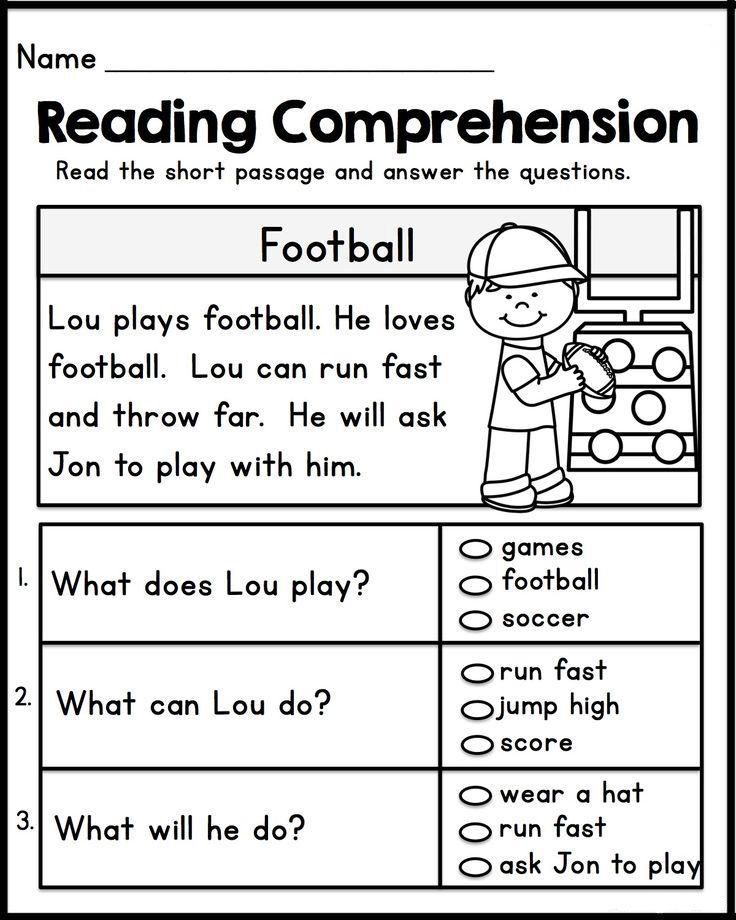 Children learn to work with word groups with ease. Fun reading games for 1st graders help kids make strong associations between words, their sounds, their formation and other language elements. This helps in building a better understanding and thus enhances their reading skills greatly.
Children learn to work with word groups with ease. Fun reading games for 1st graders help kids make strong associations between words, their sounds, their formation and other language elements. This helps in building a better understanding and thus enhances their reading skills greatly.
1st grade reading games are wonderful tools to teach your first grader reading skills. Help your child recognize, build, rhyme and match words with these fun games. Your child can also explore words with long and short vowel sounds, initial blends, nasal blends, word families, end blends and practice to find the odd one out with fun reading games for 1st graders online.
2. What to teach 1st graders in reading?Kids should learn about long vowel sounds, initial and ending consonant blends, magic E words, vowel teams, bossy R and soft sounds in the first grade. Online tools and resources can be employed to help teach children these essential ELA topics.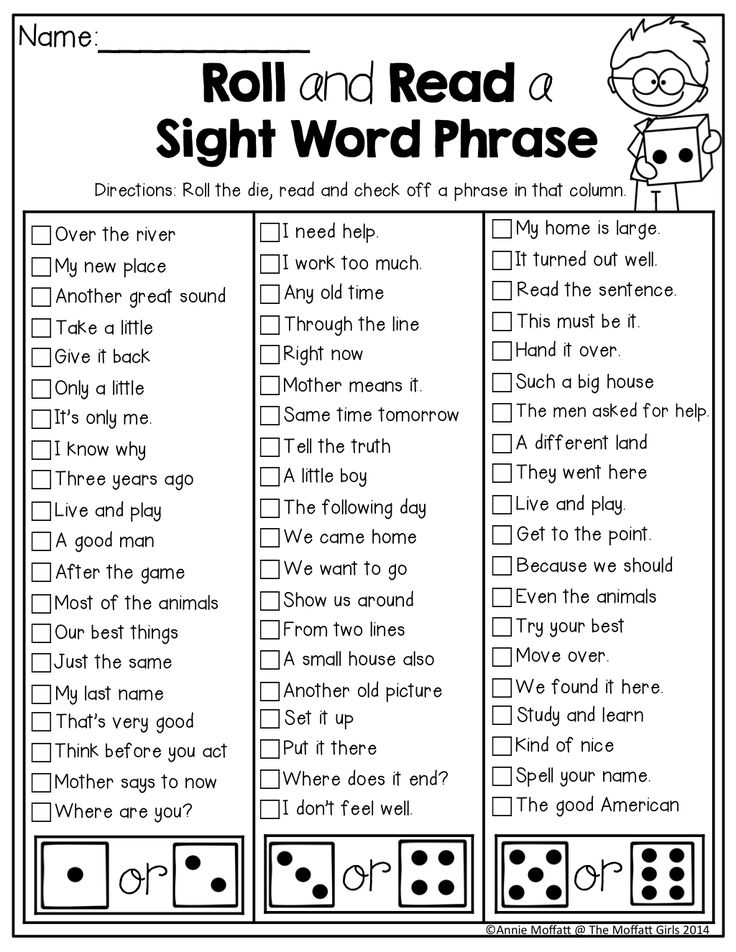
Some fun reading activities and some of the best reading games for 1st graders include: making story predictions, practicing rhyming words with fun poems, making a visual story flipchart, etc.
4. What are the best books for reading for 1st grade?Short fiction story books and poetry books for kids are amazing tools to practice reading skills with your first grader. A lot of poems include fun visuals, rhymes, and interesting backdrops that make practicing reading really interactive. Storybooks have bright illustrations that make them quite eye-catching. They help in creating a strong association with words, stories and characters.
Try SplashLearn for Free
10 cool games that will teach your child to read quickly and without errors
How to teach a child to read confidently, fluently, correctly? Interest and captivate! We offer a selection of games from the teacher, speed reading and memory development instructor Guzel Abdulova.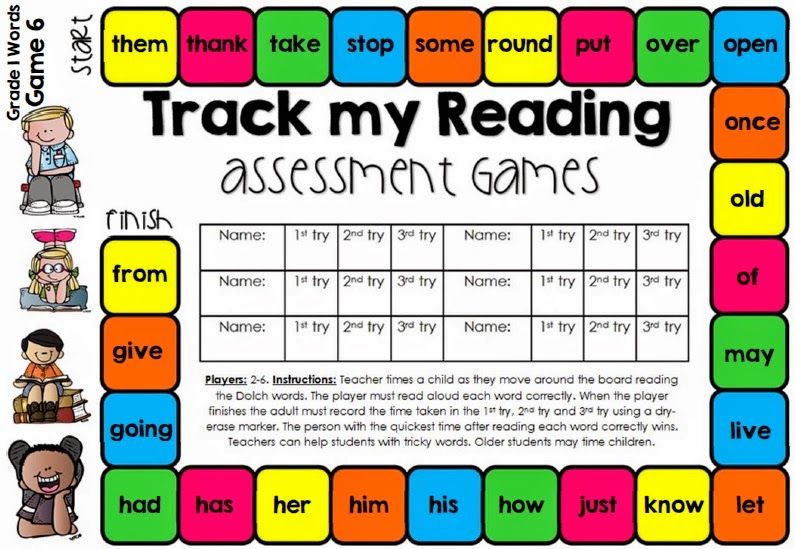
Gyuzel Abdulova, neuropsychologist, teacher, speed reading and memory development coach, head of the Eidos Intellectual Technology Center
These exciting games will not only arouse interest in reading, but also help develop memory, attention and the level of understanding of texts. Play - reading, read - playing!
"Racing"
What should be done? Invite the child to read his favorite poem several times, each time increasing the speed and power of the voice.
Purpose. The exercise significantly increases the speed of reading, improves reading technique and promotes the development of speech.
"Foreigner"
What should be done? We read the words, highlighting the last syllable, as if with a "foreign" accent. Reading text or columns of words. For example:
There is healthy mind in a healthy body.
Not the one who is RIGHT who is strong, but the one who is honest.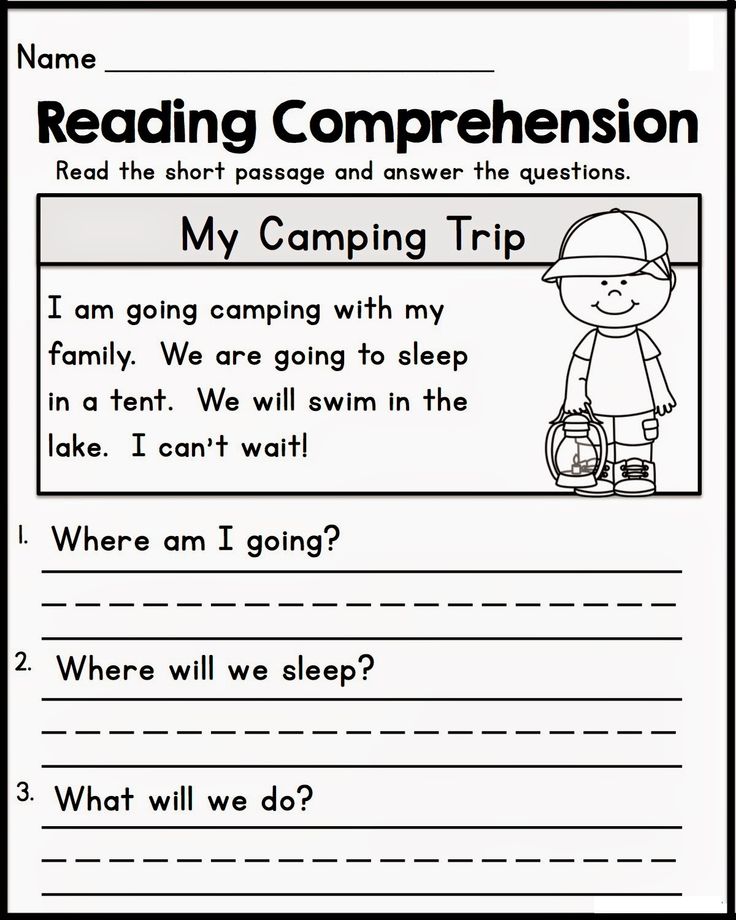
A tree is supported by roots, and a person is supported by friends.
And Vaska listens and eats.
Elbow is close, but you won't bite
The cuckoo praises the rooster for praising the cuckoo.
Alone in the field is not a warrior.
Purpose. This exercise helps children get rid of the habit of swallowing endings. It is quite tedious, so we complete it for 30 seconds.
"Voices"
What should be done? The task is to read the text in the form of a person or animal, cartoon or literary character. Discuss with the child how Baba Yaga or a mouse, a hare or a wolf would read this text.
Purpose. The exercise improves the reading technique, helps to get the kid interested in reading, to show that it is fun and interesting.
"Funny Pictures"
What should be done? For this exercise, you need to match text with a large number of pictures.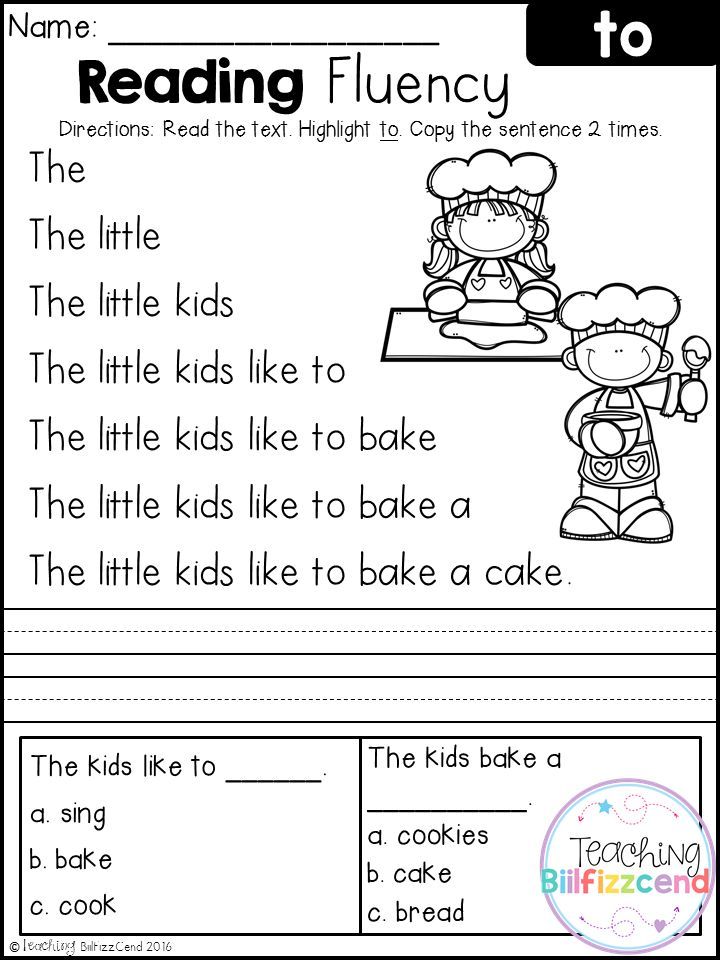 Cut the pictures and mix. The task of the child is to arrange the pictures in order to restore the sequence of events.
Cut the pictures and mix. The task of the child is to arrange the pictures in order to restore the sequence of events.
Option 1. Read the text and put the pictures in order.
Option 2. Tell a story from pictures. Then read the text and compare your version with the one proposed.
Purpose. The exercise contributes to the development of semantic reading and a deeper understanding of what is read.
"Magic puzzles"
What should be done? Cut the text into pieces-puzzles and mix. We invite the child to collect them and read the restored text.
Purpose. The exercise is quite difficult, and memory, attention, and thinking are involved. The skill of semantic reading is being improved. At first, you need to choose familiar texts, better - fairy tales.
“The word is lost”
What should be done? Read the text aloud, skipping words.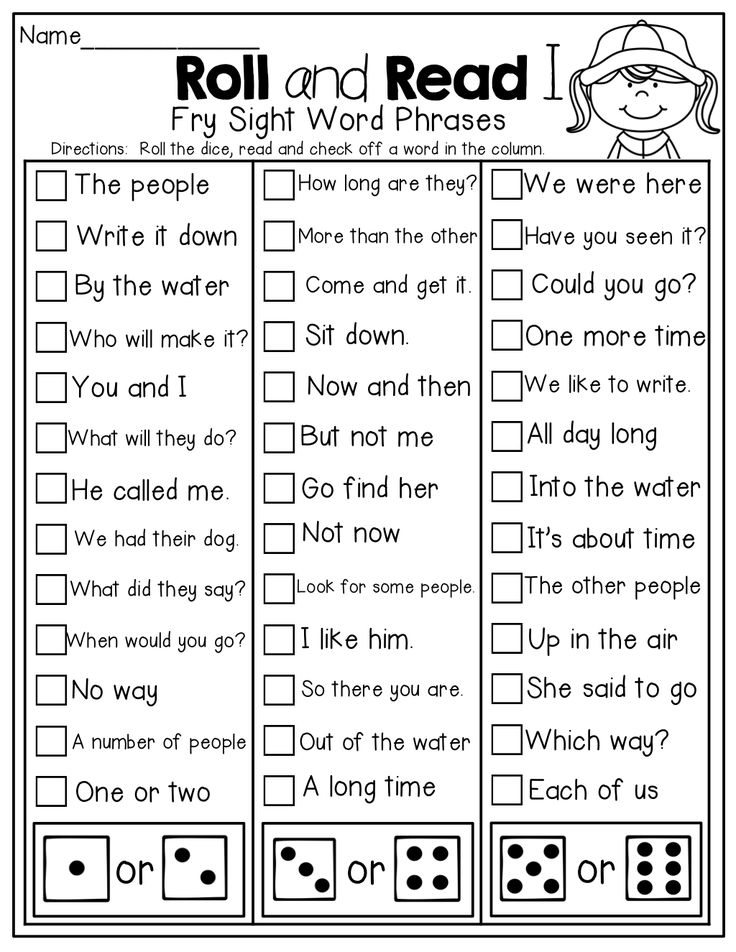 The child must understand which word was missed.
The child must understand which word was missed.
Target . The exercise contributes to the development of attention, the formation of the skill of semantic guessing and a deeper understanding of what is read.
"First and last"
What should I do? The child reads the text, saying aloud only the first and last letters in the word. Then he should tell what he read about.
Purpose. The exercise trains concentration and quick switching of attention, teaches you to perform several actions at the same time: read, understand, memorize.
Head-tail
What should I do? Option 1. An adult reads the beginning of the word, and the child must find the "tail", that is, the end of this word. To do this, you need to quickly scan the entire text, find the word and read the ending.
Option 2. The adult reads the beginning of the sentence, and the child must find its ending.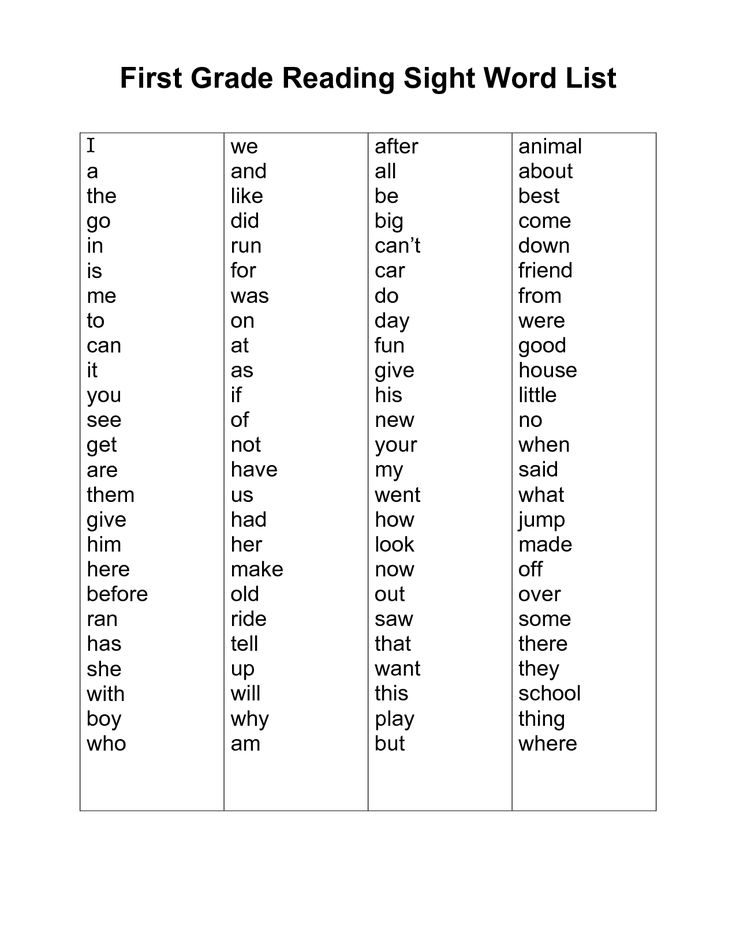
Purpose. This is a good training for the skills of "scanning" the text with the eyes, concentration and semantic reading.
"Read and count"
What to do? The child must not only read and understand the text, but also count the words. Naturally, for starters, you need small texts - from 10-20 to 40-50 words.
Target. This exercise helps to develop attention and better understand the text.
"Shooting a movie"
What to do? Ask the child to imagine a movie based on the text. We help with leading questions, find out what he sees and feels when he reads. The task is not only to understand what the text is about, but also to hear sounds, feel smells, tastes, and experience the emotions of the characters. The child must answer your questions and retell the text.
Purpose. We develop figurative memory, speech, retelling skill.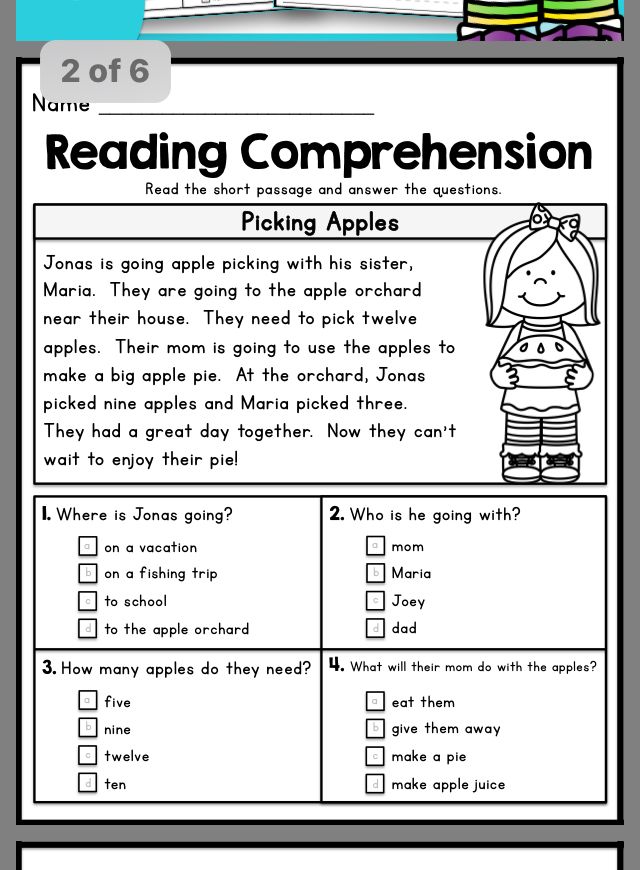 Thanks to the use of the method of co-sensation, children easily remember and tell the text with all the details, even come up with details.
Thanks to the use of the method of co-sensation, children easily remember and tell the text with all the details, even come up with details.
G. Abdulova “We read after the ABC: we develop speed reading”
It is important to teach a child to read correctly. The book by an experienced neuropsychologist, speed reading trainer and head of the Superbrain School of Intellectual Development Gyuzel Abdulova contains interesting and fun exercises that will help a child learn to read fluently without mistakes and hesitations. And although this book is designed for children of primary school age, it will certainly be interesting for parents to study: try to quickly read the text upside down or find a few words in a whole sea of scattered letters.
See also :
5 memory games
How to teach your child to read confidently: 5 tips for parents
"Secrets" and four more children's games for the street
Photo: Prostock-studio, Alex2stundr Luis Molinero/Shutterstock
Tips
Teaching Reading - A set of games and activities to develop reading skills
Learn to Read is full of interesting learning materials for preschool and primary school children. Here are a variety of printable educational materials designed to teach preschoolers to read, as well as to test the child's level of knowledge in the humanities. These tasks are suitable for regular homework with the child, developing his speech and intellectual abilities, as well as fully preparing him for the school curriculum.
Here are a variety of printable educational materials designed to teach preschoolers to read, as well as to test the child's level of knowledge in the humanities. These tasks are suitable for regular homework with the child, developing his speech and intellectual abilities, as well as fully preparing him for the school curriculum.
Also in this section you will find classes to develop reading skills and verbal-logical thinking. This category contains printable tasks that educators can use as didactic material for working with a group of children. Teaching reading to preschoolers is always faster and more effective when it sparks a child's interest. So do not neglect the variety of materials presented to make classes with your child more fun and interesting.
Making a word from letters - Reading task
In this section you will find many tasks, in each of which you need to make a word from letters. In some tasks, you need to compose words from given letters, and in some you need to learn the letters yourself (by the first letter of each word-picture).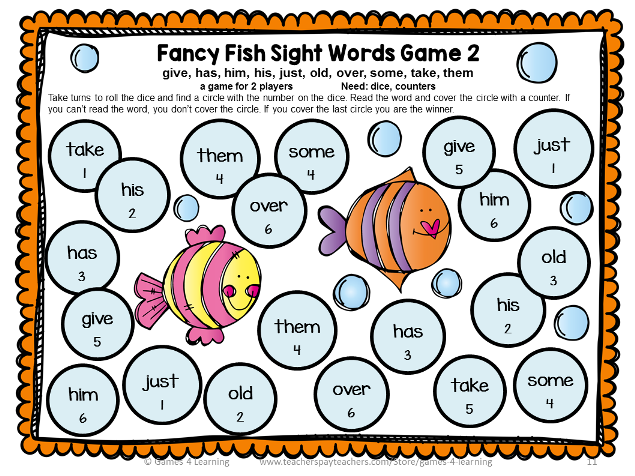 There are also tasks in which you need to make words from mixed letters or find hidden words.
There are also tasks in which you need to make words from mixed letters or find hidden words.
Stories with pictures instead of words for children
Here you can download short stories for children with pictures instead of words for children of preschool and primary school age. When reading the presented stories, you need to insert the right words instead of pictures. This kind of learning to read is very interesting for children who are learning to read.
Russian alphabet in order for preschoolers
Here we will study the Russian alphabet in order, from the letter A to the letter Z. Two letters are given on each worksheet. Each letter corresponds to several pictures. You need to circle only those picture words that begin with a given letter.
Learning the Russian alphabet
In this section you can download materials that will help you learn the Russian alphabet easily and simply. Here are special tasks for teaching the Russian alphabet, and cards with letters for printing, and much more .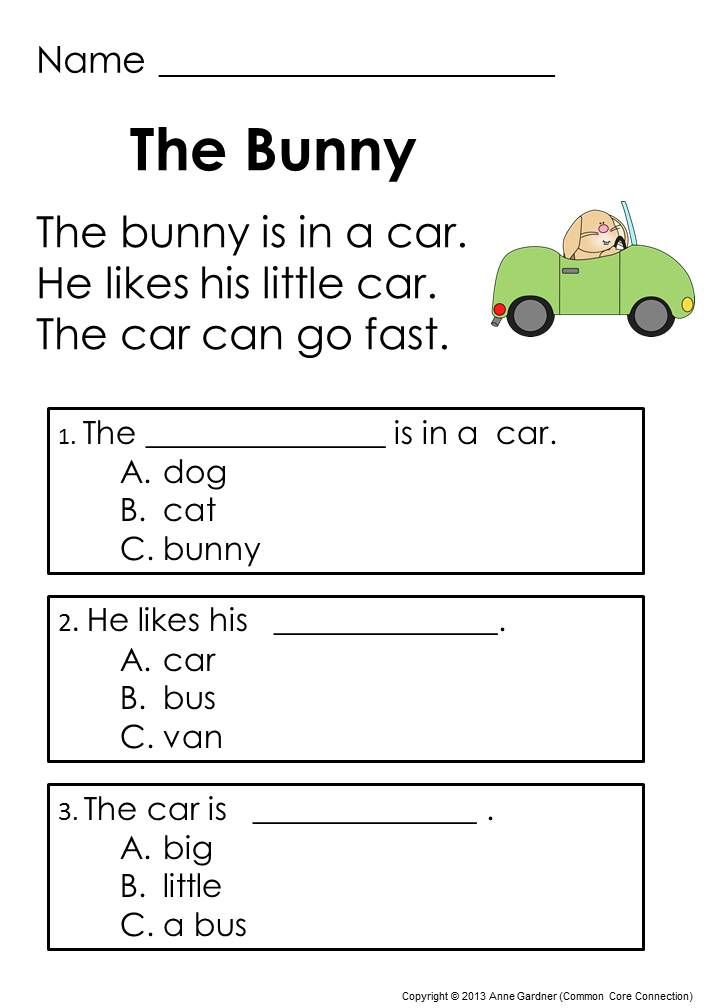 ..
..
Find a word by spelling in a square
In these colorful reading tasks, your child needs to use pictures to spell out a word in a special square where the letters are arranged in a chaotic order. Each search word corresponds to one picture outside the square. The order of letters in words can be horizontal, vertical and diagonal. Here you need not only to be able to read words, but also to be very careful to find them ...0013
Read by syllables are activities and printables that teach children how to form words from syllables. Here you can download various tasks, print on a printer and work with your child following the instructions for each task.
Semantic reading - Working with text for children
Here you have to complete tasks for semantic reading. Working with text is a very important stage in teaching children to read. In these tasks, the child will practice finding synonyms and antonyms for words, understand and interpret the meaning and meaning of words and sentences, summarize and name the signs of objects, analyze the read text and answer questions asked about it, learn to compose sentences and stories, write dictations and much more other.